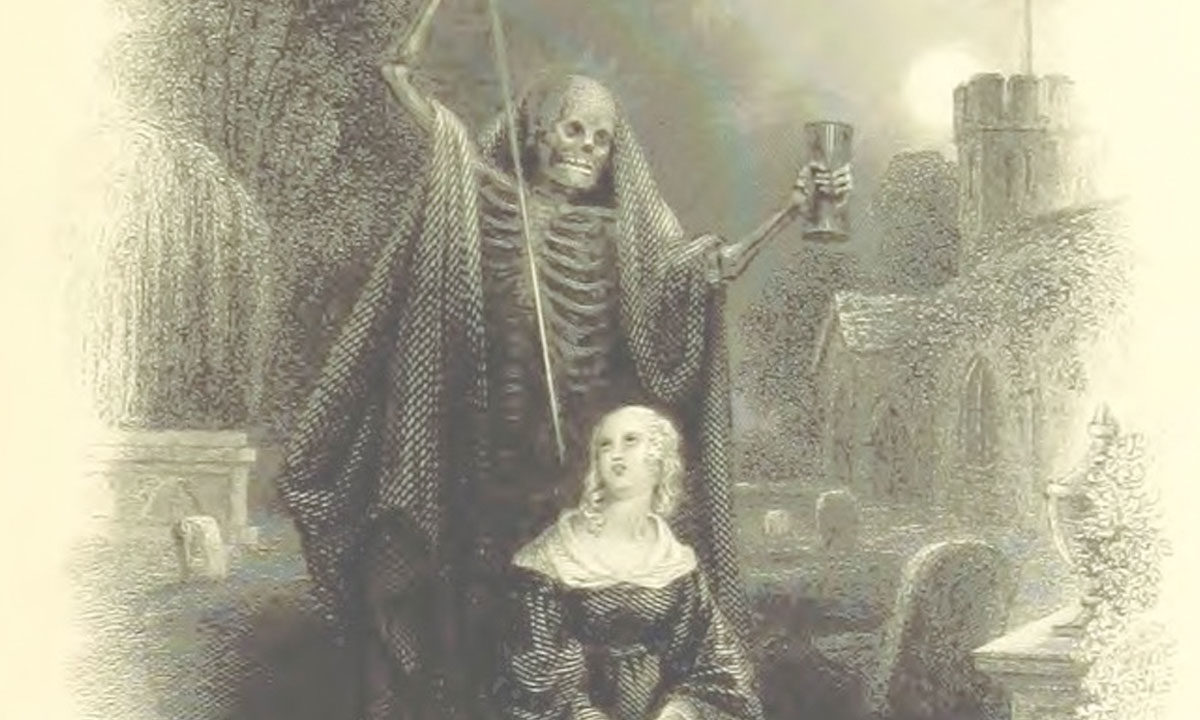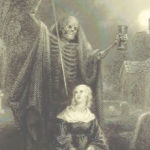The Grim Reaper Across the Globe: A Look at Death in Different Cultures
- Ghostly World
- November 26, 2020
- 0 Comment
The Grim Reaper is the personification of death (often regarded by the name “Death”). He is depicted as a skeleton with a black robe and scythe he uses to reap souls. In many cultures, Death is viewed as a benevolent entity who guides the soul from a living person to the afterlife – a transport, but not the cause of death.
In Ancient Greece, Thanatos worked for Hades, the god of the underworld. He dons a blood-covered cloak. Thanatos was not regarded as an evil entity, as the departure from life into death is inevitable. The Polish Śmierć is described as looking like a skeletal hag in a white robe. Norway’s Pesta (“plague hag”) earned her name from the Dark Ages’ Black Plague. The old hag wore a black hood and would enter the town with a rake or a broom. If she arrived with a rake, a few people would survive her plague. If she arrived with a broom, everyone would be swept away to the afterlife with her. The Giltinė (“to sting”) from Lithuania was an ugly old lady with a large blue nose and poisonous tongue. According to lore, she was a young, pretty, and nice girl who was trapped in a coffin by accident for seven years. Her sister, Laima, was the goddess of life and destiny. Lithuanians later adopted the Grim Reaper as their personification of death.
Breton/Celtic folklore depicts Death as “the Ankou,” the spirit of the last person to die within a small community. They escort the next person to die to the afterlife. The Irish dullahan is a dark, eerie figure who rides in a carriage pulled by a team of black horses or a single black horse to the home of a dying person. Upon arrival, the dullahan call’s the person’s name and they pass away immediately. According to Irish lore, the dullahans were an entire of species of death-bringers. In Scotland, Death came in the form of a black/dark green dog called a cù sith that would reap the souls of the dying to take into the afterlife with them.






